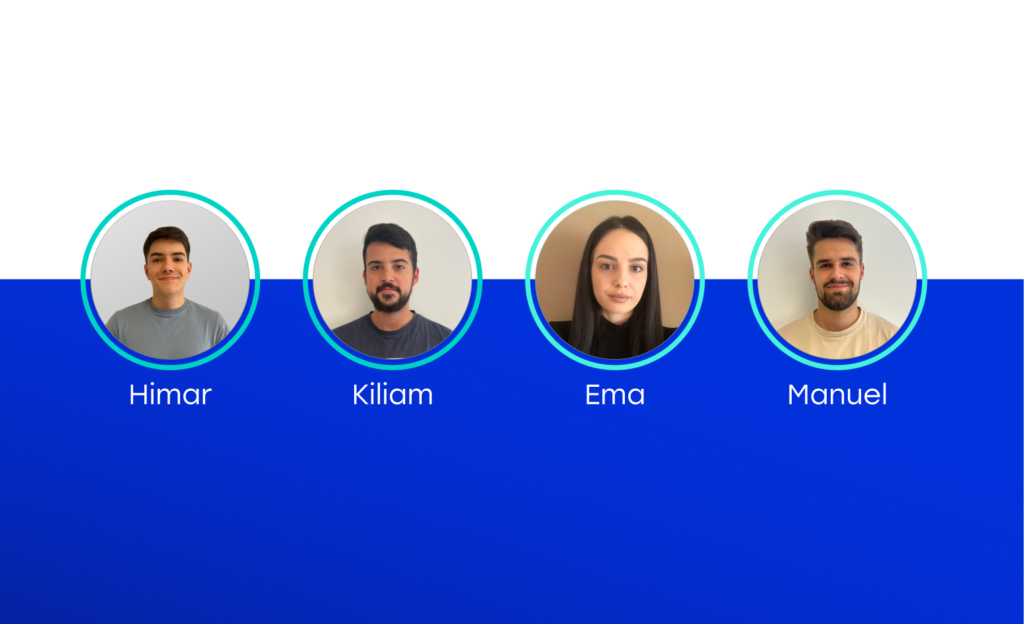 Find out More
Find out More 
As the necessity for tech solutions for digital businesses continues to increase, the demand for software engineers grows simultaneously.
However, to be able to kickstart their career, students in software development have one more obstacle to overcome – experience. Today, tech companies require more than a degree when they seek potential employees. For them, it’s equally important that their new team members can demonstrate the ability to work in this environment and produce results.
According to latest industry stats, approximately 70% of employers offer their interns full-time jobs and 56% of all interns in the United States have accepted job offers from the company they interned for. So, if you’re a founder of a software company or a student in software engineering, you will both benefit from an internship program – it’s a win-win situation.
Here’s how to structure a successful internship program so that you can both have the best experience possible.
There are four major elements in the core area of structuring a successful internship program in software development.
The latest internship program for front-end development at our company lasted 3 months and was carried out by our senior developers Nenad and Hristijan.
More specifically the program covered:
This time we decided to document the process and then turn it into a visual framework. We also prepared a useful checklist that we can share with the community.
We try our best to only recruit interns who we can properly support and possibly retain as full-time engineers. We’re still trying to do this the right way.
Even though they have coding skills, a lot of the interns in our program have never had formal employment in the tech sector. Most businesses are able to be of assistance for this type of internship.
However, many companies are simply not in the position to support interns who have never seen code before. Investing resources in the form of time, effort, money, and education and bringing up people from that level requires a certain structure.
Avoid hiring folks you can’t support when you’re developing an internship program that you intend to use to scout talent.
It’s disappointing for both sides = your interns are disappointed because in the end you didn’t hire them, and it’s disappointing for the company as well because the internship program fails to deliver on your intended goals.